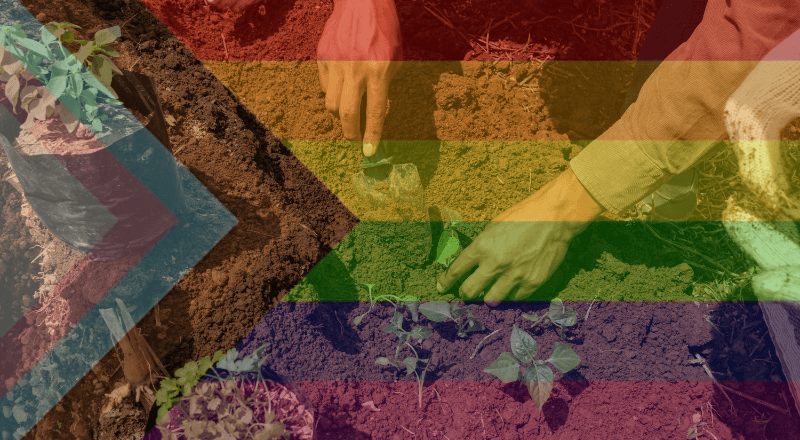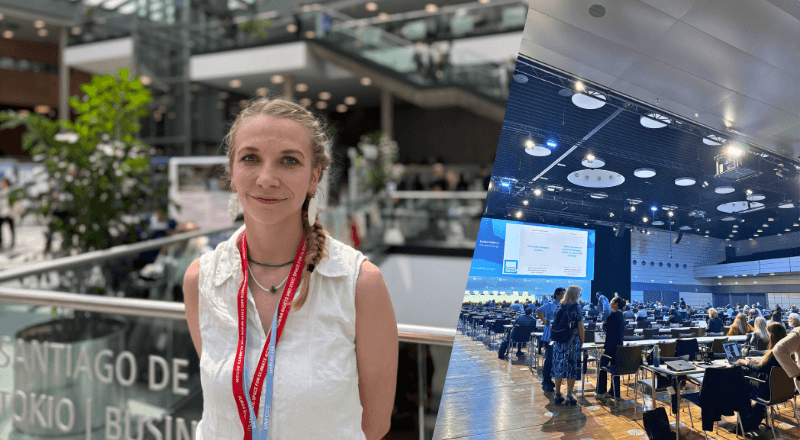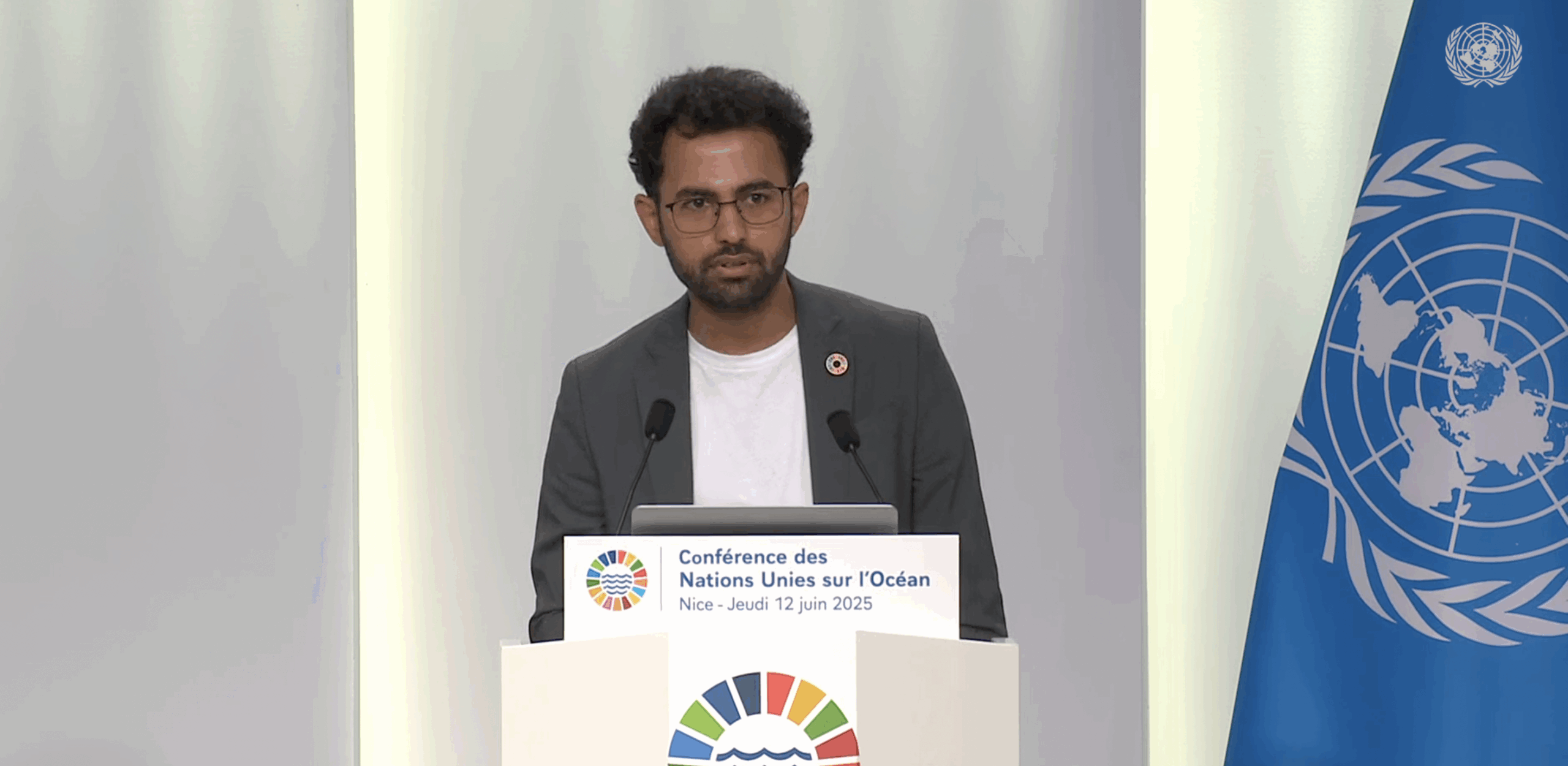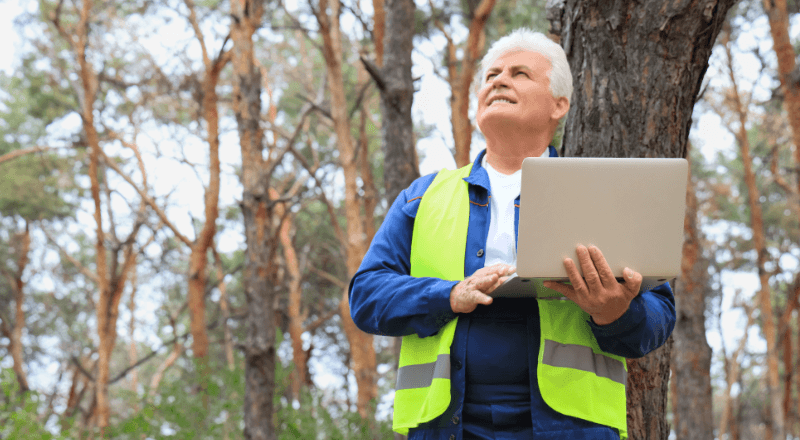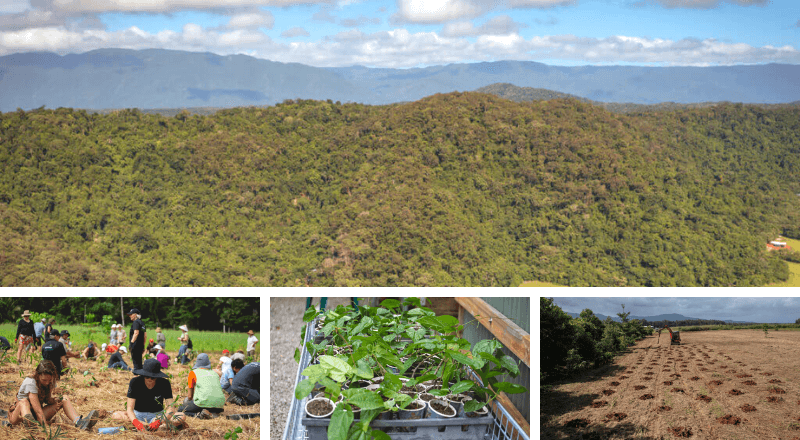
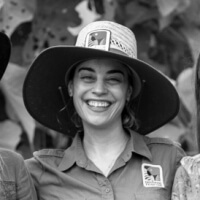
Rainforest restoration is never an easy task. What about restoring the most ancient rainforest in the world? The Daintree lowland rainforest of Australia has suffered significant degradation amid a lack of protection for many decades. Since then, Rainforest Rescue has stepped in to exactly live true to the name. With 325,000 trees planted to regenerate damaged rainforests, 36 Daintree properties rescued so far, and 150 more properties to be rescued by 2040, we spoke to Kristin Canning, Partnerships Director Rainforest Rescue, to take us through the transformational work that Rescue Rainforest is doing in Australia.
With the idea to give everybody a better understanding, we share here some edited excerpts from the interview.
About Rescuing Rainforests

Rainforest Rescue is a DGR-registered not-for-profit organization that works protecting and restoring rainforests in Australia and internationally since 1999. Our vision is to protect rainforests forever. Our mission is to rescue vulnerable rainforests by buying threatened properties; restore damaged and fragmented habitat through restoration; conserve the biodiversity and cultural heritage of rainforests; and learn from the forest, sharing and raising awareness. For many decades, Australia’s globally significant yet unprotected, Daintree lowland rainforest has suffered significant degradation through land clearing for development and agriculture.
Continuously evolving for as many as 180 million years, the Daintree is the most ancient rainforest worldwide by far. It needs to be protected forever. It is an extremely unique and biodiverse wildlife haven, home to species found nowhere else on the planet except, sometimes, in fossil records. From threatened cassowaries to primitive flowering plants, the Daintree is an irreplaceable conservation refuge with 395 endemic species listed as either rare or threatened.
Making nurseries to meet the huge need
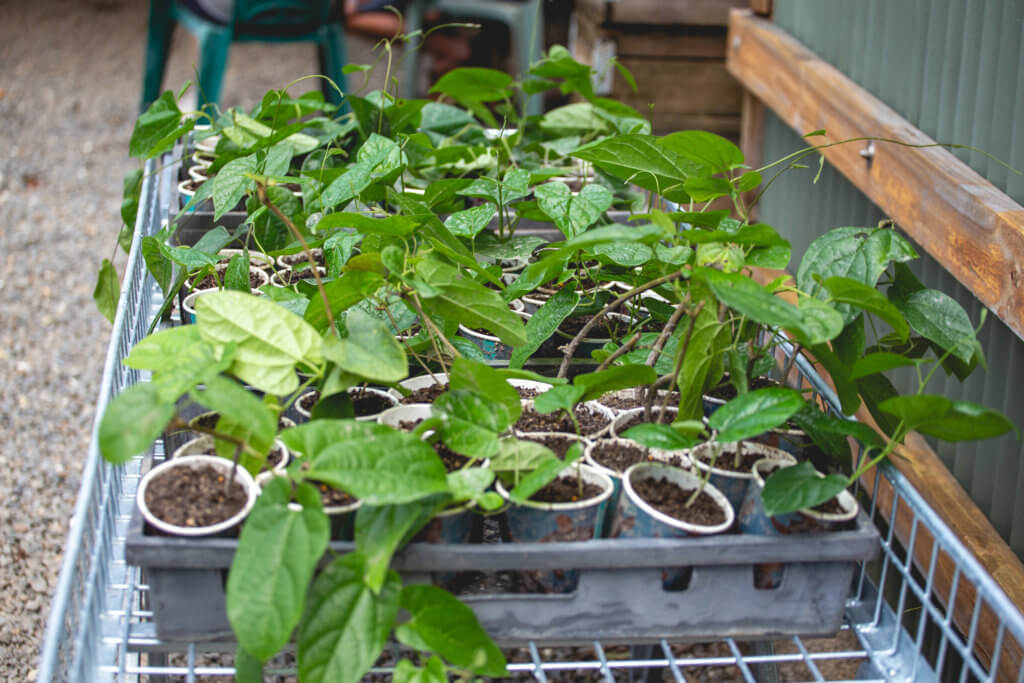
Total nursery capacity in the Daintree region is really low: between 4 small nurseries, there is a total tree output of approx 35,000 trees. This won’t make the difference needed to restore the Daintree, where thousands of hectares have been denuded through agriculture, cattle ranching, and development. At this rate of production, it’ll take hundreds of more years to reach the goal. With the challenges of climate change, habitat loss, and the need to offset development, now is very much the time to scale up. That’s why we have made plans to build a new high capacity nursery which will aim to propagate one million trees within ten years!
Steps from donation to planting and monitoring
The way to show you this process is visual – through the Tree Planting Cycle Graphic:
Sourcing seedlings and choice of planting species
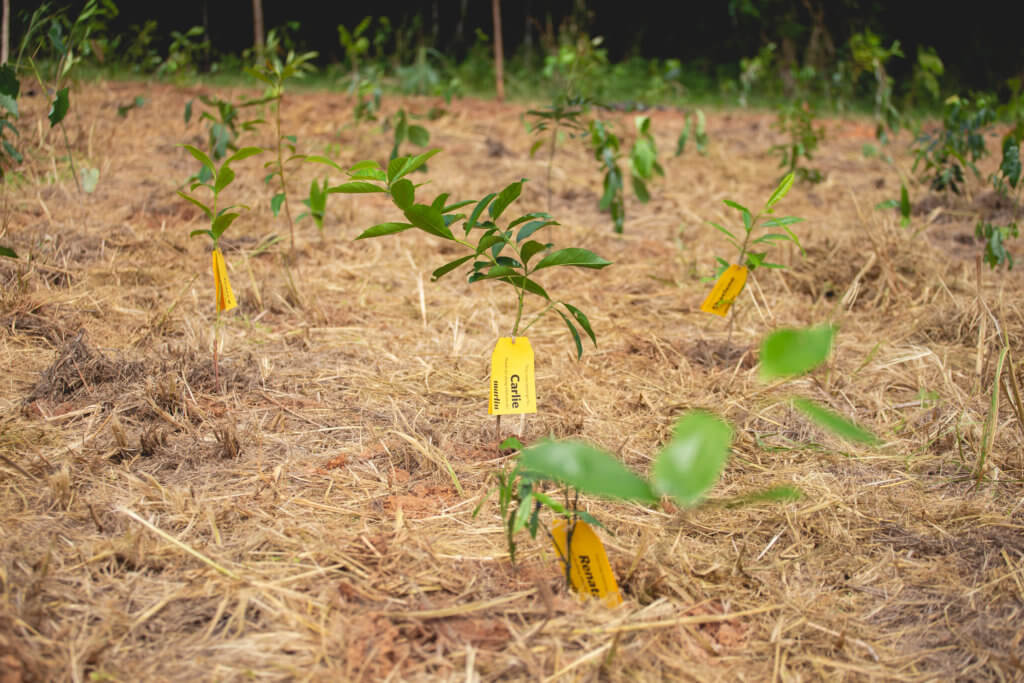
Rainforest Rescue (RR) has 36 properties from which to draw seeds. If the genetic diversity of seedlings that we plant is not managed properly, it could lead to inbreeding depression and eventually, extinction. Our growing partnership with Jabalbina Aboriginal Corporation will help increase capacity by engaging their Rangers as Nursery staff and grant access to the entire National Park for seed collection. Highly competent staff, horticulturists, botanists, Australia’s most foremost rainforest ecologists, and Jabalbina Rangers are all involved in the existing and new Daintree nursery and share this genetic diversity seedling vision. Our Nursery Manager is extremely focused on ensuring genetic diversity. Additionally, records have been kept for many years detailing GPS coordinates of mother trees to ensure a good genetic diversity. RR collects seeds from a maximum of mother trees and records every single one of them. We have a goal to find a minimum of 20 different mother trees for each species (more the better) and never collect seeds two years in a row from the same mother trees if possible. The location of mother trees will increase year after year.
Using the Plant-for-the-Planet Platform

We need to be able to grow and plant more trees to restore the Daintree lowlands more than ever before. We feel that those engaged with the Plant-for-the-Planet Platform are able to really understand the impact Rainforest Rescue is making through the platform, and as a result, they themselves will make by supporting us. We really like it and are honored to have our work featured here.
Yes – Trees are part of the answer! It is something simple anyone can do to help combat climate change while looking after our rainforests and the whole of Mother Earth.
Keep updated with the work that we do, and consider helping us plant more trees to repair damaged Daintree rainforest and rescue unprotected Daintree land at rainforestrescue.org.au
